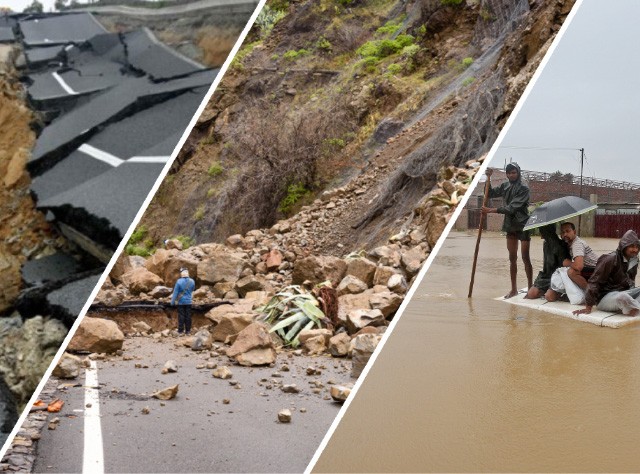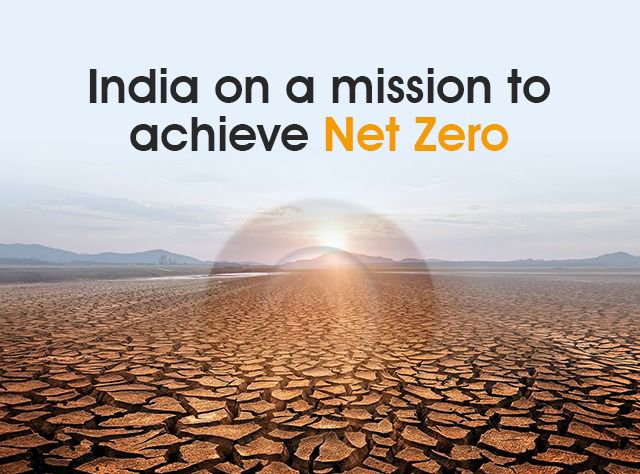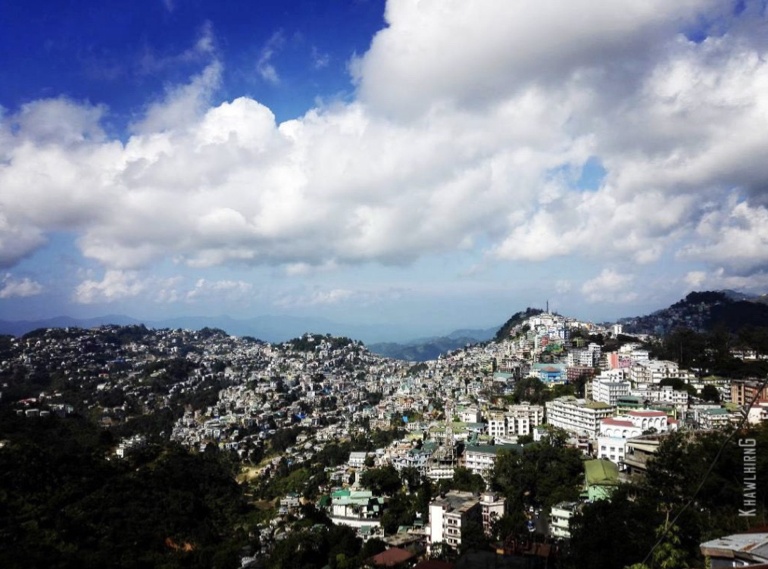“Even with all our technology and the inventions that make modern life so much easier than it once was, it takes just one big natural disaster to wipe all that away and remind us thathere on Earth, we’re still at the mercy of nature” – Neil deGrasse Tyson
Climate change disasters are now affecting people and regions across world. It is important to understand that sustainable development is a distant dream if we choose to ignore the impacts of climate change disasters. There is a direct link between climate change disasters and sustainable development. Impact of climate change disasters depend upon the socio-economic, and environmental conditions of a region. Hence, it becomes necessary that the aforementioned aspects need to be considered when there is a study on the impact of climate change disasters.
There is also a need for considering the aspect of ‘Differential Vulnerability’ in such studies as well. Especially, consideration of differential vulnerability along with other factors is required for disaster management in regions such as North-East India where there are significant variations in socio-economic conditions.
“While natural disasters capture headlines and national attention short-term, the work of recovery and rebuilding is long-term.”Sylvia Mathews Burwell
Lives in different parts of North East India is disrupted every year due to different natural disasters such as floods, flash floods, landslides, and earthquakes. Thousands of lives have been lost due to these natural disasters. And whenever such natural disaster strikes, the affected regions of North-East India reach to a standstill. Moreover, the aftermath of such disasters paralyze the social and physical system.
We also need to consider the irreparable or highly difficult damage which is caused to ecosystem services due to natural disasters. Hence, consequences of such ecological disturbances may have far reaching effects on environmental sustainability for the North-East region of India.
Moreover, it is necessary to take into account that North-East India is very important from the perspective biodiversity hotspots. There is a need of disaster risk reduction strategies which are backed by scientific and technological principles. Otherwise, the impact of these disasters can be so lethal that there can be a permanent damage to the socio-ecological system of the region.
“We cannot stop natural disasters but we can arm ourselves with knowledge: so many lives wouldn’t have to be lost if there was enough disaster preparedness.” – Petra Nemcova
It is necessary to understand that North-East India is very important for the aim of sustainability. This region is not just about mesmerising landscapes; it is important for human civilization.
We also need to consider that this land is culturally and socially rich, and therefore, if we fail to have robust disaster management strategies, we may lose the soul of this land, that is, the culture of North-East India.
If we really wish to see the serenity of North-East thriving then there is a need of disaster management measures and frameworks which are based on the socio-economic, socio developing -cognitive, and environmental aspects and parameters.




